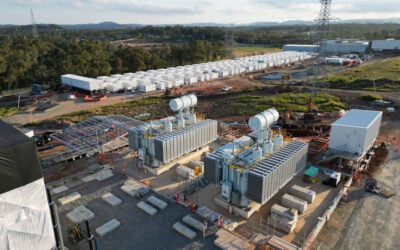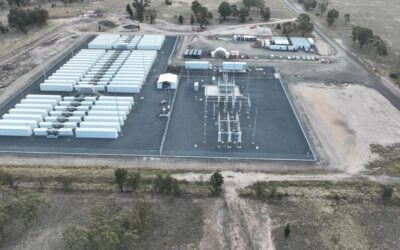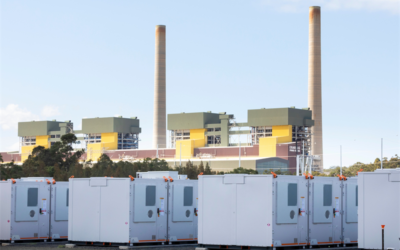
Australian startup Green Gravity has commenced studies to develop a 2GWh gravitational energy storage project in Northwest Queensland, Australia.
Situated in Mount Isa in the Gulf Country region of the state, Green Gravity has partnered with Mount Isa City Council and global mining company Glencore for the necessary regional studies, mine site concept engineering and local community engagement.
Green Gravity’s technology transforms legacy mineshafts into a base for its gravity-based energy storage technology. Due to the world-leading mining operations home to Australia, the technology could provide vast quantities of energy storage capacity to the country.
The technology’s potential attracted AU$9 million (US$6.02 million) in Series A capital funding earlier this month (15 October), which will be used to complete product development. Several investors, including HMC Capital, BlueScopeX, Pacific Channel and Sumisho Coal Australia Holdings, provided funding.
Try Premium for just $1
- Full premium access for the first month at only $1
- Converts to an annual rate after 30 days unless cancelled
- Cancel anytime during the trial period
Premium Benefits
- Expert industry analysis and interviews
- Digital access to PV Tech Power journal
- Exclusive event discounts
Or get the full Premium subscription right away
Or continue reading this article for free
The mineshafts at Mount Isa are owned by Glencore and used for copper mining. Maryann Wipaki, general manager of health, safety, environment and community at Glencore, hailed the option to turn the company’s copper mine into a base for Green Gravity’s energy storage technology.
“This presents a potential opportunity to repurpose mine infrastructure on the closure of Mount Isa Copper Mine and contribute to the long-term resilience and success of the Mount Isa Community,” Wipaki said.
Peta MacRae, mayor of Mount Isa, believes the project’s development will bring “significant economic and environmental benefits” to the local community.
Following the studies, the parties will share insights from existing energy market analyses for the Northwest Queensland region, develop a model of the region’s energy dynamics, and identify funding requirements for subsequent studies into power quality and load profiles.
Glencore is not the only mining company with Australian operations set to tap into Green Gravity’s technology. Late last year (12 December 2023), Green Gravity signed a memorandum of understanding (MoU) with mining company Wollongong Resources to study the application of gravity-based energy storage at eight potential sites across the country.
These facilities could host up to 100MWh of storage in the Illawarra, a coastal region of New South Wales to the south of Sydney, and one of the locations of a future Renewable Energy Zone (REZ).
Green Gravity’s technology converts electrical energy into gravitational potential energy by moving an object to a height. In this case, the technology moves weights of up to 40 metric tonnes, which can store up to 10kWh of energy per 100 metres of depth.
The company’s website explains that the technology uses existing and proven solutions from the steel, mining and energy sectors. It uses cables, weighted blocks, mine winders, electric motors and handling equipment.
Green Gravity claims that the technology holds advantages over chemical batteries. One such advantage is the low degradation of the gravitational energy systems, which do not leak energy over time. This means that the technology has a longer lifespan, around three to four times longer than a chemical battery, the company said.





